Tolkien: Claimed his massive work was not a metaphor for anything nor was it a warning to the world about the growing power of conspiracy, although many conspiracies were operating during his lifetime.
Had Tolkien declared his work a codicil for powerful forces swirling about the world in his time it might not have seen the light of day.
"One Ring to rule them all,
One Ring to find them,
One Ring to bring them all and in the darkness bind them."
—The inscription upon the One Ring
The One Ring, also called Isildur's Bane (The Ring was cut from Sauron's hand by Isildur at the slopes of Mount Doom, and he in turn lost it in the River Anduin (at the Gladden Fields) just before he was killed in an Orc ambush (T.A. 2). Since it indirectly caused Isildur's death by slipping from his finger, it was known in Gondorian lore as Isildur's Bane.), was created by the Dark Lord Sauron during the Second Age in order to enlarge his own might by combining it with the power of the Elven Smiths. Sauron had endowed The Ring with a will of its own.
Doing this it would give Sauron control over the other Rings of Power, which had been made by Celebrimbor and his people with Sauron's influence.
To accomplish this, he concentrated within it part of his own fëa ("soul" or "spirit") by cutting through his hand that was holding the gold, and letting his evil bind with the molten gold.
His will was then inside this ring that can control the other rings - thus he was more powerful than ever before when he wore the Ring, but became much weaker when he lost it.
Though it appeared to be made of simple gold, the Ring was virtually impervious to damage, and could only be destroyed by throwing it into the pit of the volcanic Mount Doom in which it had originally been forged. Unlike the lesser Rings it bore no gem, but its identity could be determined by a simple (though little-known) test: when heated in a fire, it displayed in fiery Tengwar letters in the Black Speech of Mordor a section of poetry from part of its lore - the Ring-inscription.
It was also known as the Ruling Ring. The Andvarinaut in the Volsunga saga is considered to have been the main inspiration. The story of the Quest to destroy the Ring is told in Tolkien's novel, ‘The Lord of the Rings,’ as is most of the Ring's history.
Tolkien, in a letter written in 1958 (#211) wrote that the surrender was both "voluntary and cunning" so he could gain access to Númenor. Despite 1,500 years of war with Sauron, the Elves had not revealed to the Númenóreans the existence of the One Ring or any of the Rings of Power and so Ar-Pharazôn was unaware of it. With it, Sauron was able to use the Númenóreans' fear of death as a way to turn them against the Valar, and toward Melkor-worship and human sacrifice.
Subscribe to:
Post Comments (Atom)




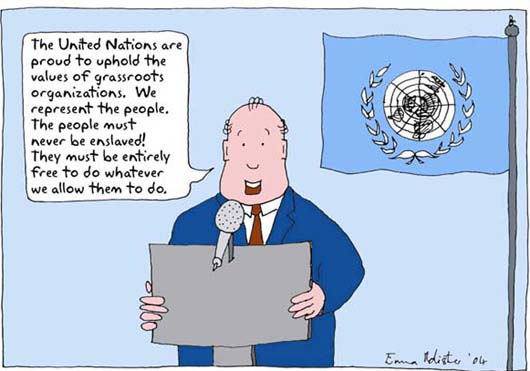
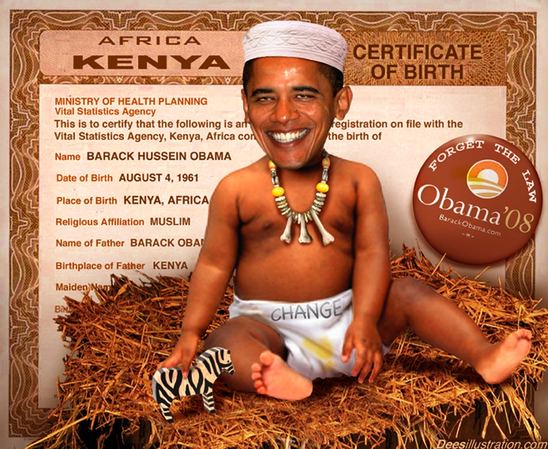



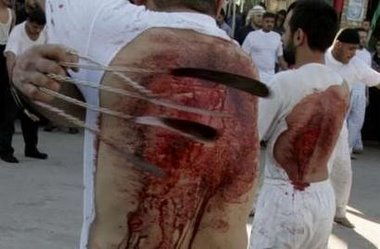



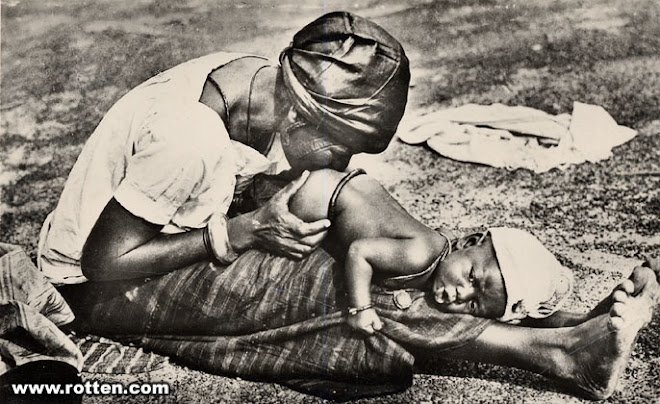



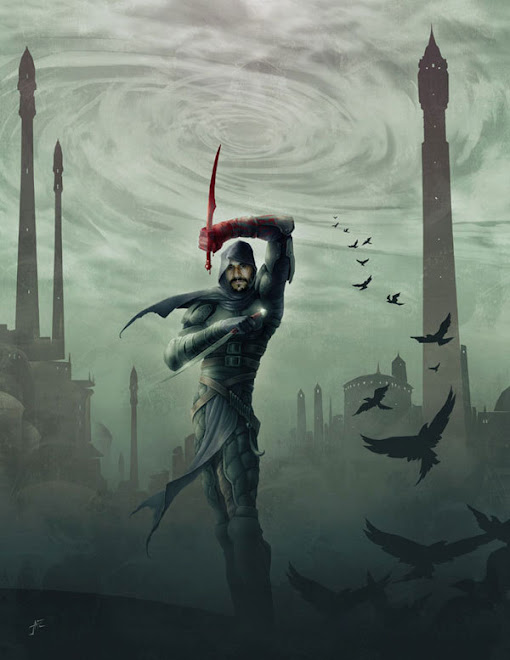


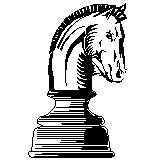








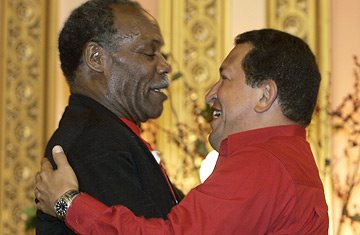
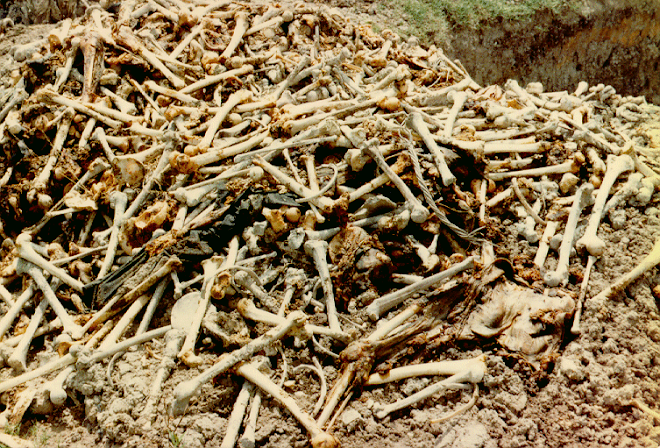
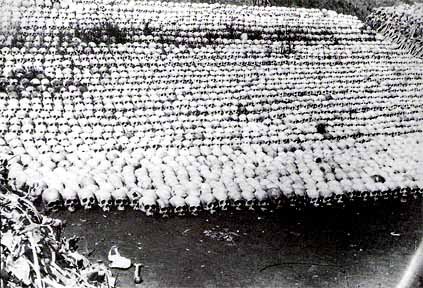
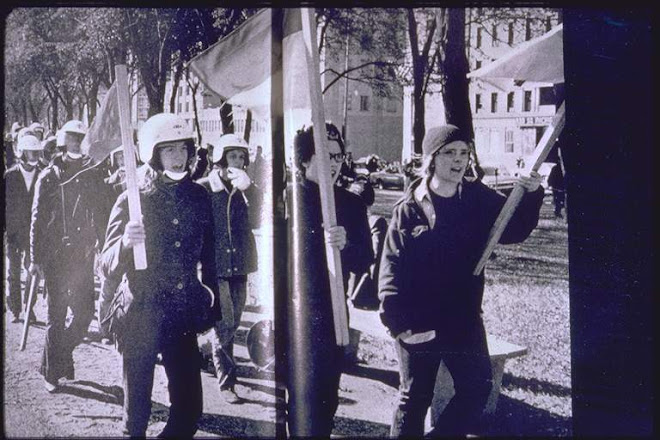
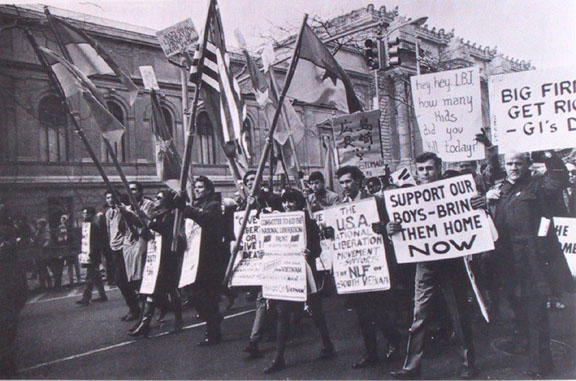
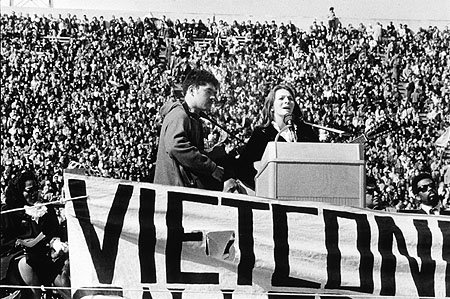



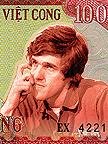


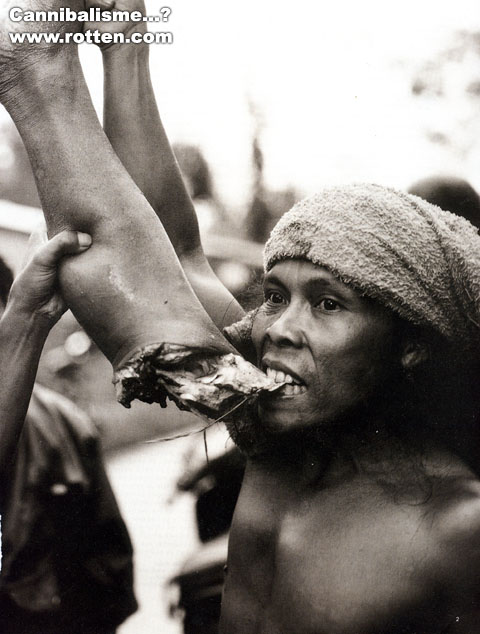


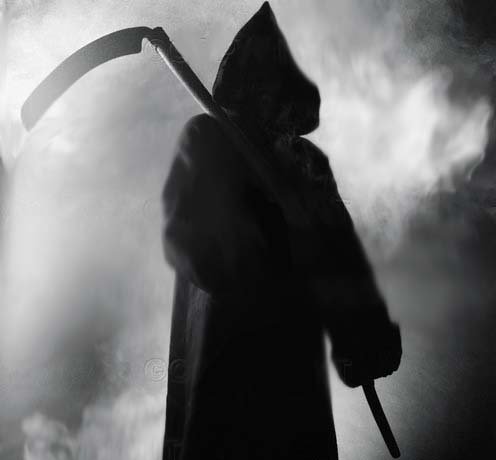

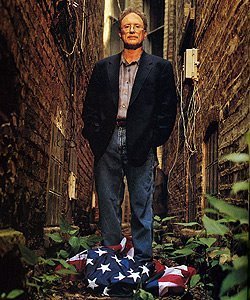






No comments:
Post a Comment